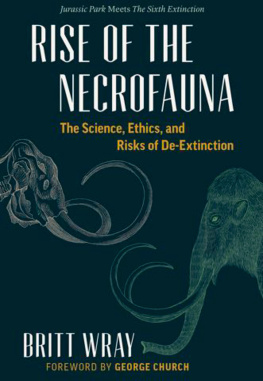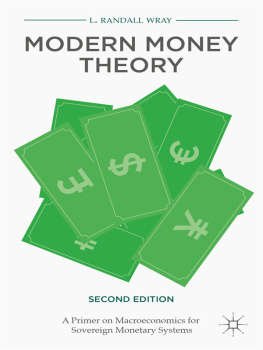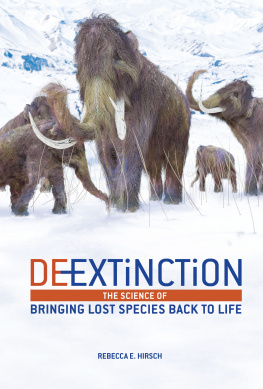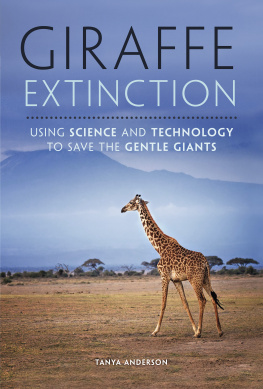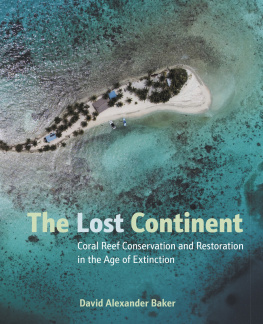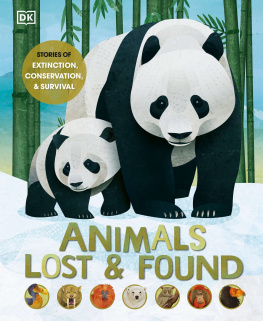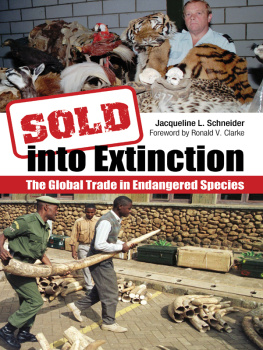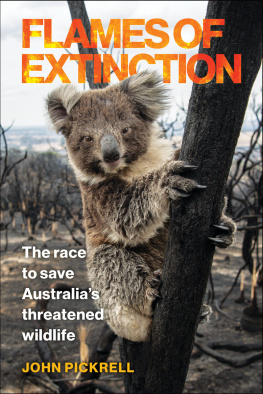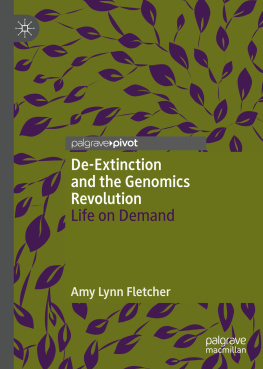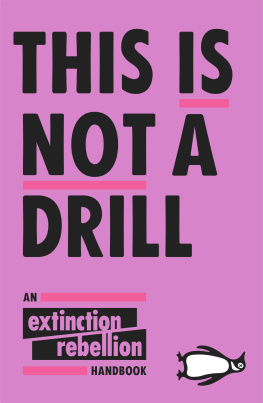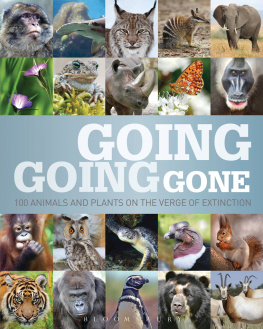
For Sudan, Najin, and Fatu, the last three (unengineered) northern white rhinos
Copyright 2017 by Britt Wray
Foreword copyright 2017 by George Church
17 18 19 20 21 5 4 3 2 1
All rights reserved. No part of this book may be reproduced, stored in a retrieval system or transmitted, in any form or by any means, without the prior written consent of the publisher or a license from The Canadian Copyright Licensing Agency (Access Copyright). For a copyright license, visit www.accesscopyright.ca or call toll free to 1-800-893-5777.
Greystone Books Ltd.
www.greystonebooks.com
David Suzuki Institute
www.davidsuzukiinstitute.org
Cataloguing data available from Library and Archives Canada
ISBN 978-1-77164-164-7 (cloth)
ISBN 978-1-77164-163-0 (epub)
Editing by Nancy Flight
Copy editing by Stephanie Fysh
Jacket and text design by Nayeli Jimenez
Jacket illustrations by Brian Tong and iStockphoto.com
Interior illustrations by Iga Kosicka
We gratefully acknowledge the support of the Canada Council for the
Arts, the British Columbia Arts Council, the Province of British Columbia through the Book Publishing Tax Credit, and the Government of Canada for our publishing activities.

CONTENTS

FOREWORD

ONCE UPON A time (in the 1940s), when a person drowned or flatlined from a heart condition, we accepted the outcome as natural and turned our attention to living patients instead. Yet today many people who have drowned or had a seemingly fatal heart attack are saved by CPR and external defibrillators (AEDs). Today we face analogous premature dismissal of dead and dying species. Do we focus our limited resources only on robust populationsor do we embrace rewilding, de-extirpation, and de-extinction of endangered and extinct species?
In practice, we are concerned with ecosystems more than species. But laissez-faire and precautionary principles can be dangerous cop-outs when humans and other species are dealing with rapidly changing environments, and helping healthy species versus challenged or dying ones is not the zero-sum game that is often depicted. Imagine recruiting young volunteers and philanthropists to a cause with a slogan like We will steadily lose all precious species, but we can delay the inevitable a bit. They would reasonably wander off to more inspiring endeavors. In contrast, if we note successes in reversing such dire trends as the extirpation of the California condor, the bison, and the American chestnut, then we might get more engagement and a large positive-sum game.
So, do we prioritize what species to save by moral obligation, based on how recently and how big a role our human ancestors played in disrupting those species? More likely, we will focus on practical considerations and the abilities of keystone species and the trophic cascades they produce. For example, six years after the gray wolf was reintroduced in Yosemite, vegetation increased along rivers, soil erosion diminished, and beavers returned, along with their pond geoengineering skills. We have also set as a high priority whales, which provide vital vertical ocean mixing exceeding the sum of physical forces and consequently greatly aiding fixation of carbon. Elephants and their relativesincluding the extinct woolly mammothroutinely knock over large trees, resulting in a lowered ratio of trees to forbs and grasses that aids the reflection of the sun in summer and the penetration of the wind in winter, thereby ameliorating climate change. Elk, deer, and other large herbivores dont typically knock over large trees, but the Zimov team has a Soviet military crawler that simulates the impact of mammoths. It knocks over stumps while hungry herbivores search for grasses beneath the snow, and after a period of heavy grazing the team has observed a 20 degree Celsius (36 degree Fahrenheit) lowering of soil temperature.
In addition to the question of conservation priorities, another issue is the perceived price of exotic de-extinctions. The costs of reading and writing DNA in general, and ancient DNA in particular, have dropped about a millionfold so far and continue to drop. These methods do not require frozen samplesa rarity for ancient samples. We already have synthetic genome projects (E. coli and yeast) at the 4 million base pair scalemaking plausible the 1.4 million changes between Asian elephant and mammoth (or some pragmatic subset of that number). The challenges for de-extinction are likely not the molecular magic but the same as for conventional conservation efforts, such as transforming vegetation and automating social learningas was done with condor puppets to train the young when parents were inadequate (as may be also true for future revived species, including mammoths). These are just a few of the issues that Wray explores in this timely and thought-provoking booka beacon of discussion-worthy science at the interface with peculiar policy issues.
GEORGE CHURCH
INTRODUCTION

EARLY ONE MORNING in August 2012, I groggily stumbled to my laptop, coffee mug in hand, and opened my Gmail account to scour the overnight deliveries. The first thing I saw was a newsletter from an online community said to have the worlds smartest website. The site serves as an online storehouse for ideas and conversations of the type shared over dinner parties attended by philosophers, scientists, artists, and public intellectuals, letting those of us who arent part of their circle get in on their thoughts.
That morning, the subject line read, To Bring Back the Extinct. A conversation with Ryan Phelan. I stared at those words, cozily sandwiched between an email from my mom and a cheap-flight alert. When I clicked on the link, the piercing blue eyes of a blond, rosy-cheeked, professional-looking woman stared back at me. The words under her image said, One of the fundamental questions here is, is extinction a good thing? Is it natures way? And if its natures way, who in the world says anyone should go about changing natures way? If something was meant to go extinct, then who are we to screw around with it and bring it back?
I slowly brought up more of the page and halted at a specific line of text: The big question that Im asking right now is: If we could bring back an extinct species, should we? Could we? How does it benefit society? How does it advance the science? Good luck with that, I thought. But I scanned the interview anyway to try to understand what she was talking about. A few scrolls down, I realized that the idea that she was assembling, and that has gripped me sincethe plight to bring extinct species back to lifewas not just an important thought experiment but also an experiment with real, breathing bodies behind it and a vital story to tell. This book is an attempt to capture some of the major plot points of that story so far, with an emphasis on the many issues raised by this audacious experiment. But its worth mentioning that this book does not account for all the de-extinction endeavors that have ever taken place. Rather, I focus on the cases that interest me most, which Phelans words first provoked me to look into.

